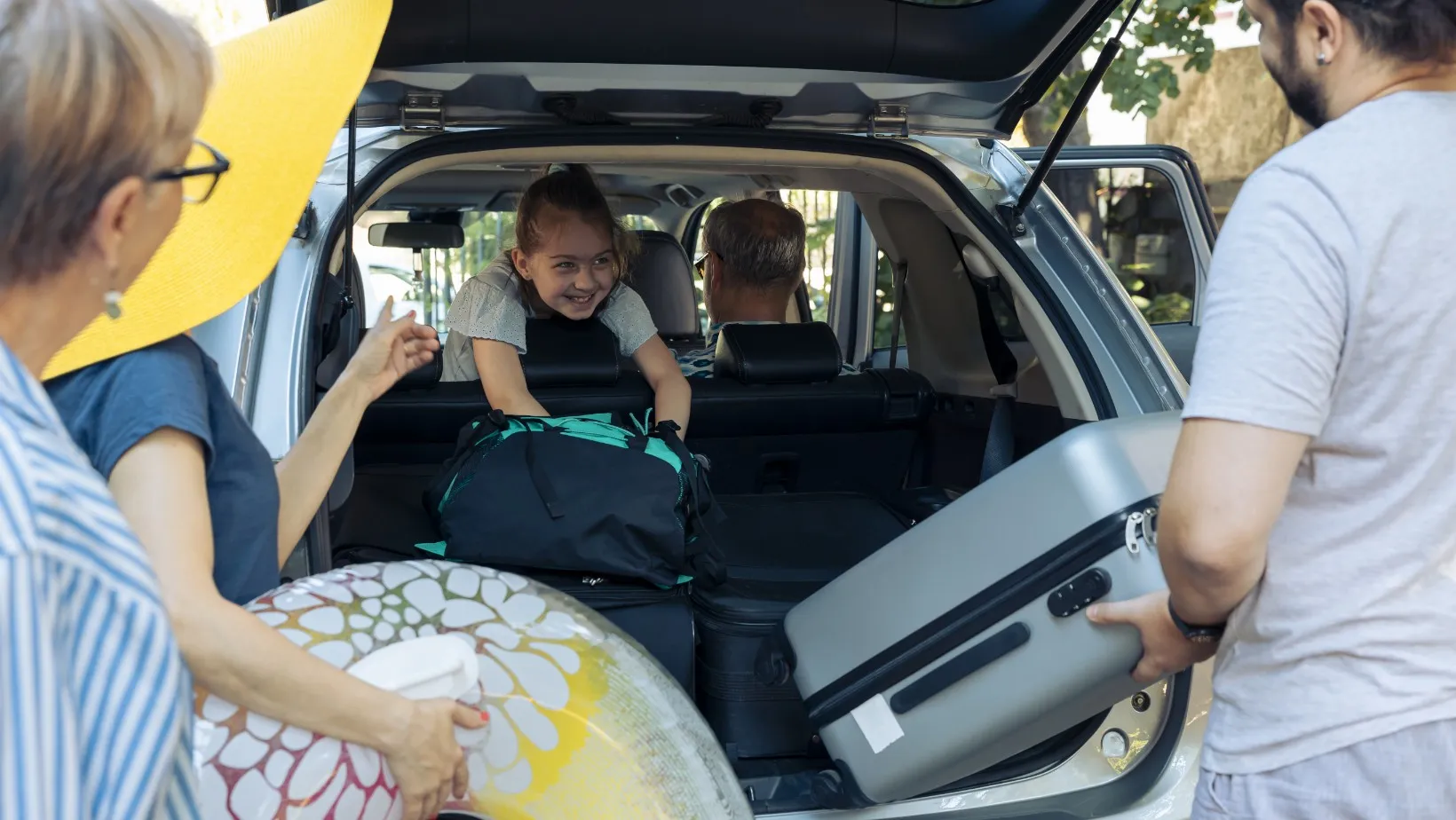
It is a good idea to check your tire pressure on a regular basis - we recommend at least one time per month and just before taking a long trip. You should keep your tires at the level recommended by the vehicle manufacturer. To find the correct cold inflation pressure level for your tires, check the label listed on your vehicle's door post, fuel door, glove box, or in the owners' manual. "Cold inflation pressure" is pressure in a tire that has not been driven for at least three hours. As you are driving, your tires begin to warm up. Once you've driven for several hours, it's normal for pressure to build up. You should always check for cold inflation pressure because it is never good to "bleed" or reduce air pressure when tires are hot. In regards to the tire pressure listed on your sidewalls, this figure represents the maximum pressure and is not intended to serve as notification of the correct pressure level. Under-inflated tires can create excessive stresses, heat and may lead to tire failure. It's also important not to over inflate your tires, which can cause uneven wear, as well as handling and stopping problems.
Before you fill up the trunk or the roof rack with your luggage, you should check out the vehicle manufacturer's recommendations for properly loading your vehicle. And you may not realize it before taking your trip, but you and your passengers count towards the total recommended vehicle weight. You can find the vehicle manufacturer's loading recommendation information placard either on the door post or in the vehicle owners' manual. It's always a good idea to check this number as you prepare for your summer trip. By overloading your vehicle, you are essentially creating an excessive volume of heat inside your tires. Excessive heat can cause tire failure that can result in vehicle damage or serious injuries on the road. Don't forget, if you are about to drive a long distance with a loaded vehicle, or if you haven't had your car checked in a while, make sure to have the alignment and rotation of your vehicle checked. If your tires are out of balance or misaligned, it can cause either uneven wear or vehicle problems. It's important to have your car checked by an automotive service professional before any trip, regardless of the season.
We recommend checking the tread grooves of your tires to ensure that they are free of foreign objects. This will make it easier for your tires to grip the road and increase your ability to safely maneuver your car in adverse conditions. Also, make sure to check the sidewalls of your tires for any gouges, cuts, bulges or other irregularities. You can spot irregular tread wear by noticing high and low areas or unusually smooth areas. Built-in treadwear indicators, or "wear bars," will appear on the tire as narrow strips of smooth rubber across the tread when the tread is worn down to one-sixteenth of an inch. When you see these "wear bars," it means that the tire is worn out and that it's time to purchase a replacement tire.